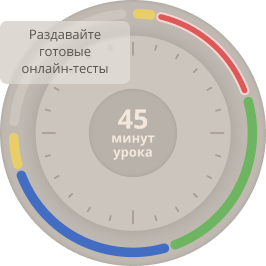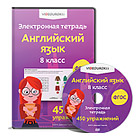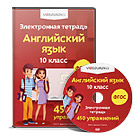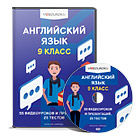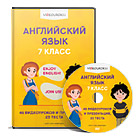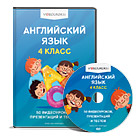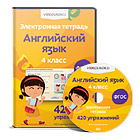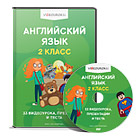| The main part of the lesson
Pre-reading Activity LO: To generate students’ interest in the topic -Instruction -Pair work -Feedback
Before reading the text about tornadoes learners should work in pairs and discuss the following questions: 1) What kind of natural disasters do you know? 2) How can people predict the weather? 3) Can we prevent any natural disasters beforehand? 4) What can we do in case of emergency?
Reading LO: To orientate students to the content of the text
Teacher suggests a reading activity to the learners. Appendix 1 Formative Reading “Tornadoes”
The text: “Tornado is a violent wind movement. They are also called twisters or cyclones. Most people recognize them as a towering black funnel extending downward from the base of a large cumulonimbus cloud. It rotates at speeds up to three hundred miles per hour (480 kpm.) or in some rare cases, even faster. In the centre of the tornado, the air pressure is very low in comparison to surrounding air pressure. The speed of the wind is the primary cause of deaths and destruction of property. Many people are killed by flying objects and debris (missiles). They happen in certain parts of the world Australia, the Midwestern and Southern of United States. They also occur more frequently in the spring and summer months. Tornadoes usually occur as part of a severe thunderstorm and often come in advance of cold fronts, however, they can also occur (although less frequently) ahead of warm fronts, and even behind cold fronts. The greatest killer tornado in the United States occurred during the year 1925 in Indiana, Illinois, and Missouri. It killed six hundred ninety-five people and injured over two thousand”. Reading Task 1 7.R2 understand specific information and detail in texts on a range of familiar general and curricular topics 7.R5 deduce meaning from context in short texts on a growing range of familiar general and curricular topics Learners read the passage “Tornadoes”. They get a sheet with the questions and mark if the sentences are True or False. 1. Tornadoes are also known as twisters. _____________ 2. The speed of tornadoes is always the same. _____________ 3. Tornadoes cannot damage property. _____________ 4. Tornadoes mostly happen in specific places of the planet. _____________ 5. One of the strongest tornadoes happened at the end of the 20th century in America. _____________
Answers: 1. True 2. False 3. False 4. True 5. False
Reading Task 2
Find the words that mean: 6. Verb that means “turn around, revolve” (paragraph 1)- ________________________ 7. Noun, synonym to the word damage (paragraph 2)- ________________________ 8. Adverb, antonym to the word seldom, hardly ever (paragraph 3) -________________________ 9. Synonym to the word happen (paragraph 4)- ________________________ 10. Verb that means “hurt” (paragraph 4)- ________________________
Answers: 6. Rotate 7. Destruction 8. Frequently 9. Occur 10.Injure
*Reading Task 3
Complete the sentences with NO MORE THAN 3 WORDS. 11. Tornado can be described as a strong ____________________________________. 12. Tornadoes cause __________________________________________. 13. Three states ______________________________________ were hit by severe tornadoes in the past.
Answers: 11. Wind movement 12. Death and destruction 13. Indiana, Illinois, Missouri.
Descripter: Comprehend the task and marks True or False; Understand the meaning of the words from the text; Fill in the missing words where necessary Assessment: Learners evaluate their own progress, using the “Keys” to the tasks. To get achieved – -5-8 points for all students, most students- 9-11 points, some students12- 13 points.
| 

